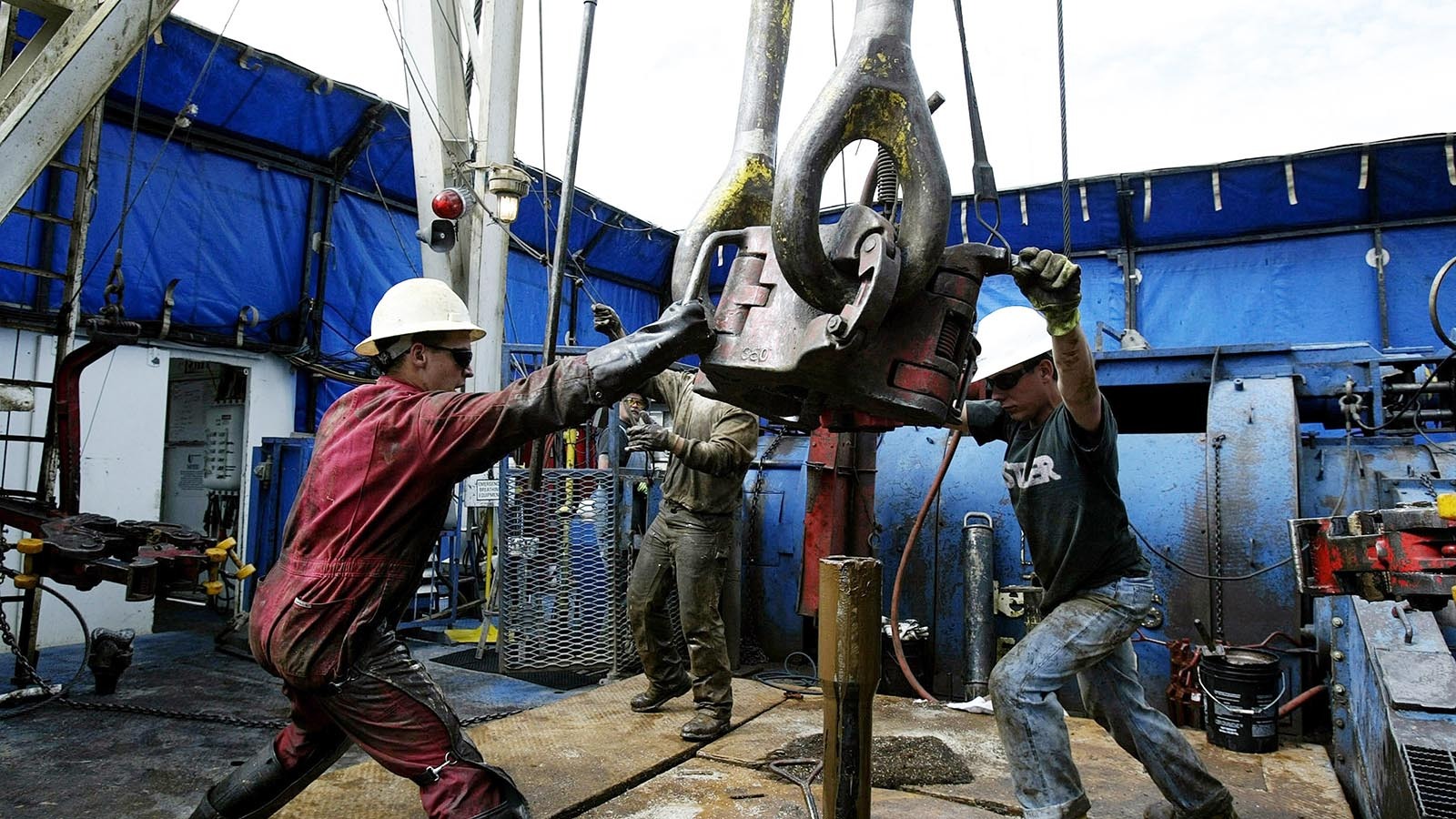Bussiness
Archaeologists found Viking skeletons over 1,000 years old buried with a crystal and other treasures. They’re improving our understanding of how wealthy Vikings once lived.
- Archaeologists found 50 Viking-era skeletons in Åsum, Denmark.
- Dating back to the 9th or 10th century, the graves are evidence of international trade.
- The area’s growth was influenced by these trade routes and its proximity to the sea.
Near the village of Åsum in Denmark, people have been finding bits of metal from the Iron Age for years. They had no idea they were standing on the well-preserved graves of 50 Viking-era skeletons.
Archaeologists happened upon the graves during a routine survey last year in preparation for a construction project.
“Normally, we would be lucky to find a few teeth in the graves, but here we have entire skeletons,” Michael Borre Lundø, who has led the site excavation for the last six months, told the Associated Press.
Borre Lundø and his colleagues at the Museum Odense have dated the burial site back to the 9th or 10th century, more than 1,000 years ago.
In addition to the skeletons, the archeologists have uncovered rare trinkets and treasures buried with the bodies that help shine a light on their lives and socioeconomic status. For example, some of the jewelry did not originate in Denmark.
“As we suspected, the graves tell us a story of people connected to the international trade routes,” Borre Lundø told Business Insider via email.
These routes opened new avenues for exchanging goods, allowing the wealthy to acquire rare and prized items from other communities in distant lands and helped establish nearby Odense, the third-largest city in Denmark.







